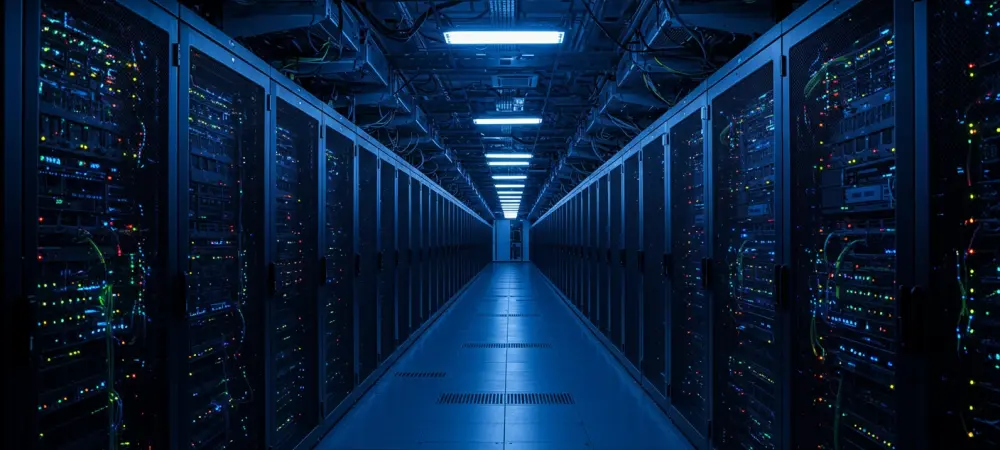Welcome to an insightful conversation on the intersection of technology, environmental policy, and local infrastructure in Ireland. Today, we’re joined by Dominic Jainy, an IT professional with deep expertise in artificial intelligence, machine learning, and blockchain, who brings a unique perspective on how emerging technologies impact industries and communities. With a keen interest in sustainable development, Dominic is here to discuss the recent appeal by Ireland’s National Trust, An Taisce, against a proposed data center project in County Louth. Our discussion will explore the environmental concerns surrounding data centers, the specifics of the Drogheda project, and the broader implications for Ireland’s climate goals and local resources.
Can you walk us through what led An Taisce to appeal against the data center project in County Louth?
Certainly, Maison. An Taisce, Ireland’s National Trust, filed an appeal with An Bord Pleanála on July 24 regarding the conditional planning permission granted in June for a data center in Drogheda. Their primary concerns revolve around the environmental footprint of the project. They’re worried about the massive energy demands of data centers, the potential for high carbon emissions, and how this aligns with Ireland’s climate commitments. There are also issues tied to water usage and the strain on local supplies, which they believe could have significant consequences for the area.
What are the key features of this proposed data center project in Drogheda that have sparked such debate?
The project, proposed by Premier Periclase Limited at their facility on Boyne Road, is quite ambitious. It includes a three-story data center spanning about 285,780 square feet with a height of 29 meters, alongside a three-story energy center covering around 71,635 square feet. The energy center would house nine gas engines and various technical rooms. Beyond that, there’s a plan for a single-story operations center, security buildings, an ESB substation, and other ancillary structures like a Battery Energy Storage System and cooling compounds. They’ve also incorporated solar panels on the roofs and a “green wall” on an adjacent structure, likely as a nod to sustainability, but it’s the scale and power source that are raising eyebrows.
Speaking of power, can you explain how this data center is expected to be powered and why that’s a sticking point?
From what’s been reported, the majority of the power for this data center would come from natural gas. That’s a major concern for An Taisce because natural gas, while cleaner than some fossil fuels, still contributes significantly to carbon emissions. Data centers are notorious for their high energy consumption, and relying on gas could undermine Ireland’s efforts to reduce greenhouse gas emissions under national climate targets. It’s a clash between technological growth and environmental responsibility.
How does An Taisce view the potential environmental impacts beyond just energy use?
An Taisce has highlighted several critical issues. One big concern is water abstraction—data centers require substantial amounts of water for cooling, and there’s a fear this could strain local water supplies in Drogheda. They’re also worried about the broader climate impact, arguing that approving such a project could put Ireland at odds with its obligations under the Climate Act. It’s not just about this one facility; it’s about setting a precedent for how the country balances tech development with sustainability.
Has An Taisce been vocal about this project before their recent appeal?
Yes, they’ve been on this issue for a while. Back in December 2024, they commented on the initial application, stating that the development could facilitate a breach of Ireland’s emissions reduction obligations under the Climate Act. This perspective came from key figures within An Taisce who handle planning and environmental policy, showing their consistent stance against projects they see as environmentally risky.
What’s the current landscape for data centers in Drogheda, and how does this project fit into it?
Drogheda already hosts a data center operated by Amazon at the IDA Business Park on Donore Road, which was slated to go online last year. There are also plans for two additional data centers at the same park. This new project at the Premier Periclase site adds to an already growing presence of data infrastructure in the area, which amplifies concerns about cumulative environmental impacts like energy and water demands on the region.
Looking ahead, what do you think is the forecast for balancing data center growth with environmental sustainability in Ireland?
That’s the million-dollar question, Maison. I think Ireland is at a crossroads. The demand for data centers is only going to grow with advancements in AI, cloud computing, and digital services, but the country’s climate goals are non-negotiable. We’ll likely see stricter regulations on energy sources, pushing for renewables over fossil fuels like natural gas. There’s also potential for innovation—think more efficient cooling technologies or integrating data centers with local energy grids in a smarter way. But it’ll require collaboration between policymakers, tech companies, and environmental groups to strike the right balance. If not, we risk either stunting tech progress or missing critical climate targets.

